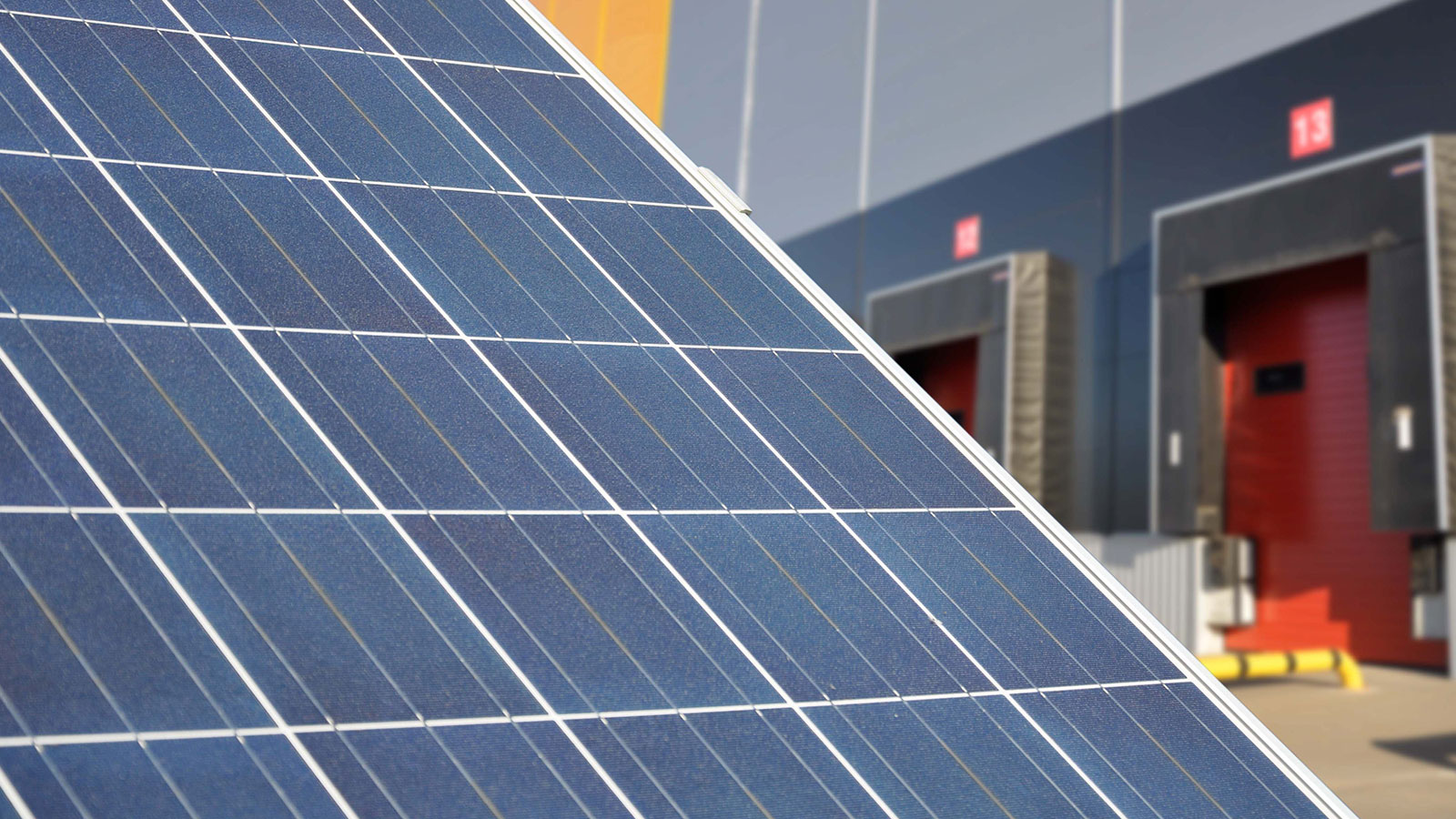Vish Sharma, Head of Power Purchase Agreements at npower Business Solutions, builds the case for installing on-site energy generation.
During the recent energy crisis, many businesses invested in measures to help them manage their energy more effectively. These ranged from energy efficiency improvements through to larger projects, such as renewable on-site energy generation.
When it comes to on-site renewables, as well as providing a source of renewable power, it is also seen as a key way of mitigating energy risk, as it helps to reduce exposure to the volatile wholesale energy markets.
An additional benefit of on-site generation is the opportunity to sell any excess power to corporate buyers. We know from working with hundreds of businesses that demand for energy from a renewable source is high, but this demand is outstripping current supply.
While the new Government has outlined its plans to increase the availability of renewable energy, these will take a while to come to fruition. As a result, many businesses who want to make the switch sooner rather than later are turning to alternative routes to buying their power.
So, what are the options available to businesses who would like to install an on-site generation asset? And, how can you sell the power you generate to other businesses?
Choosing the right asset for your business
The most suitable option will depend on the size of your premises, its location and the feasibility of installation.
For example, on-site wind power generation is particularly suitable for businesses with surplus land located in non-urban areas. Think distribution centres with exposed spaces, a high average wind speed and good site access.
Alternatively, solar PV is a great option for companies with a good amount of south-facing roof space, for example on a large warehouse, distribution centre, or even a car park, or on suitable adjacent land.
If your site uses large quantities of heat and power, it may be suitable for a combined heat and power (CHP) unit. Typically used in more industrial settings, this provides on-site electricity generation while the heat produced from the process is captured and used elsewhere in your building. It works by converting fuel into electricity through a generator to power on-site operations.
Selling your power
One major benefit of investing in an on-site asset is that it could also generate additional revenue, through selling excess power to eager corporate buyers via a fixed or flexible power purchase agreement (PPA).
PPAs are contracts that agree energy production output and its subsequent purchase. They are made between asset holders who generate renewable power and commercial buyers. In short, they are a valuable route to market for generators to sell their power.
As an established method of managing energy sales and risk in generation projects, PPAs encompass all the commercial terms required to deliver a route to market for generation. They include the start date, delivery schedules, pricing mechanisms, and payment terms, and can include renewable certificates such as Renewable Obligation Certificates (ROCs) and Renewable Energy Guarantees of Origin (REGOs). They are usually valid for several years and offer pre-set or to-be-determined prices for energy purchases.
A PPA can cover an existing generation asset or provide assurance and confidence to investors in the financing of new renewable projects. PPAs can therefore be agreed upon before a project becomes fully functional.
To fix or flex?
PPAs typically offer either fixed or variable pricing arrangements.
A fixed price PPA:
- Sets an upfront price for each unit of power you export
- Provides a straightforward income stream, protected from volatile energy market fluctuations
- Offers competitive prices with the reassurance of regular, reliable payments
- Has agreed prices for typically between 6-36 months
- Is typically suited to smaller asset portfolio holders looking to cover their own overheads and sell the excess power.
A flexible PPA:
- Gives you control – you determine when and how much power you sell over the course of the contract
- Tracks the wholesale energy market to capitalise on price peaks and high demand
- Is ideal for generators with larger or growing assets
- Has the option of sophisticated flexible agreements for more advanced seller.
When it comes to selling your power, deciding which PPA is best can be complex and is based on a range of factors, including:
- Annual output: fixed PPAs can be a good choice for generators with a limited annual output. However, if your annual output is 6 GWh or more, flexible PPAs could offer a better route to market
- The nature of your generation: some renewables, such as biomass power, offer a steadier output regardless of weather conditions. Others, like wind and solar PV, are more intermittent and weather-dependent
- Your time constraints and risk appetite: the energy market is complex, and your familiarity with it can be a deciding factor when choosing the best PPA for your asset
- Your organisation’s objectives: whether you want a steady and risk-free revenue stream or wish to optimise profits with a flexible agreement, your goals will ultimately determine which PPA is best for you.
Moving towards a renewable energy future
Business demand for renewable energy is only set to grow. As a result, independent energy generators, including those businesses with on-site assets, will undoubtedly play an important role in both supporting the growth of homegrown clean energy and in meeting the growing demand from businesses who want to procure their power from renewable sources.


